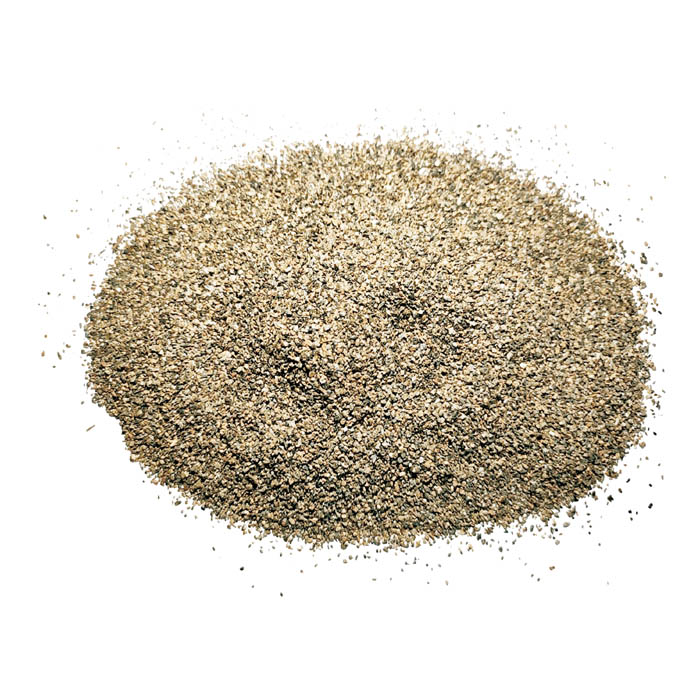Nov . 10, 2024 01:06 Back to list
Exporting Mini Mill Steel Production Solutions for Global Markets
The Rise of Mini Mill Steel Making Opportunities for Exporters
In recent years, the global steel industry has witnessed a significant transformation with the advent of mini mill steel making. Unlike traditional steel production methods which rely heavily on large blast furnaces and basic oxygen steelmaking, mini mills utilize electric arc furnaces (EAF) to recycle scrap steel and produce new steel products. This innovative approach not only enhances efficiency but also reduces environmental impact, making mini mills an increasingly attractive option for steel producing countries and exporters around the world.
Advantages of Mini Mill Steel Making
One of the most compelling advantages of mini mills is their ability to produce steel with lower energy consumption and reduced emissions. Traditional steelmaking is notorious for its high carbon footprint, primarily due to the fossil fuels burned in blast furnaces. In contrast, mini mills can use renewable electricity sources, thereby significantly cutting down on greenhouse gas emissions. This aligns with global sustainability efforts and the growing demand for eco-friendly products in many markets.
Moreover, mini mills require less capital investment compared to traditional steelmaking facilities. The smaller scale of operation allows new players to enter the steel market without necessitating exorbitant funding for large infrastructure. As a result, countries with emerging economies are increasingly investing in mini mill technology, creating opportunities for both domestic development and international exporting.
Growing Global Demand
The demand for steel continues to rise, driven by urbanization, infrastructure development, and a growing automotive industry. Mini mills, with their ability to quickly adapt to market trends and produce tailored steel products, are well-positioned to meet this demand. The flexibility of mini mills enables them to produce various steel grades and products, from rebar and beams to specialty steel, which are essential for construction and manufacturing industries.
Countries like Turkey, India, and Vietnam have emerged as leaders in mini mill steel production, capitalizing on the domestic and international markets. These nations not only produce steel to fulfill their own economic needs but also export to countries less equipped for steel production. As globalization fosters interdependent economies, the role of mini mills as exporters is becoming increasingly critical.
mini mill steel making exporters

Challenges and Competition
Despite the advantages, mini mill exporters face challenges in the competitive global market. Traditional steel producers, many equipped with large-scale operations and established supply chains, often have the upper hand in pricing due to economies of scale. Competition is also stiff from countries that benefit from cheaper raw materials or lower labor costs. To thrive, mini mill exporters must focus on innovation, quality control, and establishing strong customer relationships.
Another challenge is the fluctuation of scrap metal prices, which can significantly impact profitability. Mini mills primarily rely on recycled scrap steel, and variations in the scrap metal market can compromise production costs. Exporters need to develop strategies to manage these risks, perhaps by forming partnerships with scrap suppliers or exploring alternatives to virgin raw materials.
Future Prospects
Looking ahead, the future of mini mill steel making seems promising. As environmental regulations tighten globally, mini mills are likely to play a vital role in the steel industry’s transition towards sustainability. The continuous evolution of technology means that mini mills are becoming even more efficient, enabling them to produce high-quality steel with reduced input costs.
Furthermore, the growth of digital technologies and automation can enhance operational efficiencies, allowing mini mills to optimize production processes. This, coupled with an expanded global network for sourcing materials and selling products, can position mini mill exporters favorably in the international market.
Conclusion
The rise of mini mill steel making presents a unique set of opportunities and challenges for exporters. By leveraging advantages such as lower emissions, reduced capital costs, and flexibility in production, mini mills can carve out significant market shares domestically and internationally. As global demand for steel continues to grow and sustainability becomes paramount, mini mills are set to be at the forefront of the industry's evolution. For exporters, understanding the dynamics of this sector and adapting to the changing market landscape will be key to capitalizing on the emerging opportunities in mini mill steel production.
-
Eco-Friendly Granule Covering Agent | Dust & Caking Control
NewsAug.06,2025
-
Fe-C Composite Pellets for BOF: High-Efficiency & Cost-Saving
NewsAug.05,2025
-
Premium Tundish Covering Agents Exporters | High Purity
NewsAug.04,2025
-
Fe-C Composite Pellets for BOF | Efficient & Economical
NewsAug.03,2025
-
Top Tundish Covering Agent Exporters | Premium Quality Solutions
NewsAug.02,2025
-
First Bauxite Exporters | AI-Optimized Supply
NewsAug.01,2025
